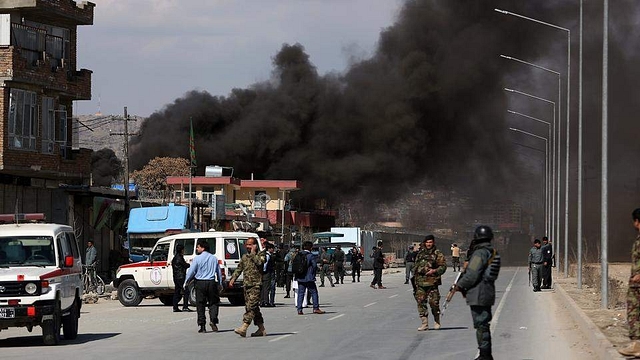
As Taliban Continues To Gain Ground, US Military Stops Publishing Data On Territorial Control In Afghanistan
Even as peace talks between Taliban representatives and the United States (US) government continue to proceed, the American military has decided to stop periodic assessments of territorial and population control by the Afghan government and the insurgents, reports The New York Times.
The American military command in Afghanistan justified the move by saying that the reports held ‘limited decision-making value’. In contrast, the commander of US forces in the country in November 2017 had referred to them as ‘the metric that’s most telling in counterinsurgency’.
Till now the reports were being generated quarterly by the American Special Inspector General for Afghanistan Reconstruction (SIGAR).
The inspector general, John F Sopko expressed his dissatisfaction with the decision, stating, “It’s like turning off the scoreboard at a football game and saying scoring a touchdown or field goal isn’t important.”
Shedding light on the possible explanation behind shelving the metrics, a military commentator Bill Roggio, said that the assessments have over the last few years revealed the shrinking size of territory under the Kabul government. The Taliban has been making continuous gains in many parts of the country, even as the US now looks to disentangle itself from the conflict.
“The district assessments highlight failure, which is contrary to the U.S. military’s desired message of success,” Roggio stated.
He added that if, on the other hand, the reports were showing that the Afghan military was recapturing lost territory, they would continue to be published.
An independent analysis of the situation published by Roggio’s Long War Journal revealed that out of the 397 districts of Afghanistan for which data was available, only 141 remained under the control of the internationally recognised government, with the Taliban maintaining control over 51 districts, and a total of 205 districts being contested between the two sides.
Also Read: Why India Must Rethink Its Afghan Strategy With US Phasing Out Its Presence